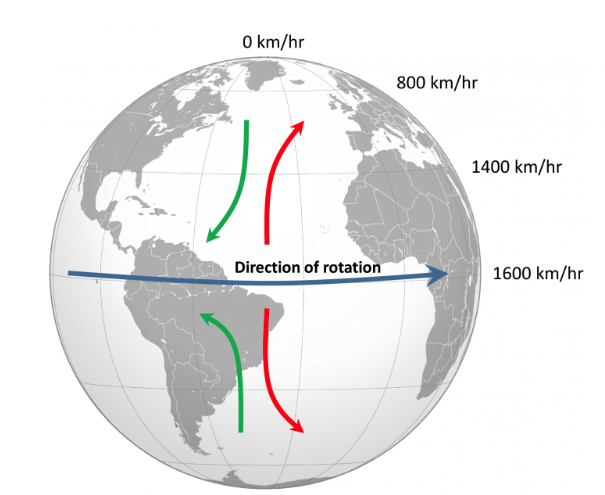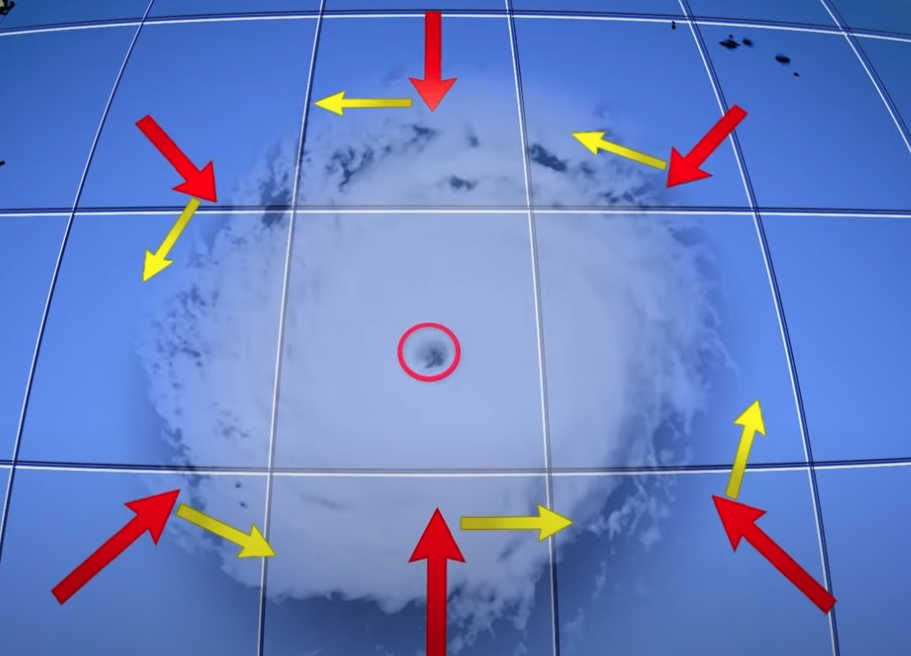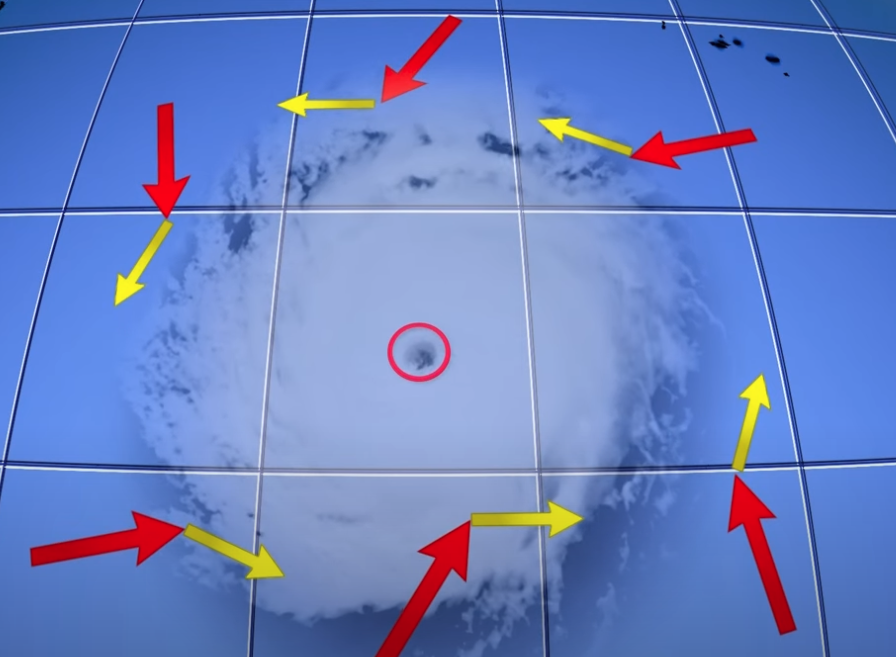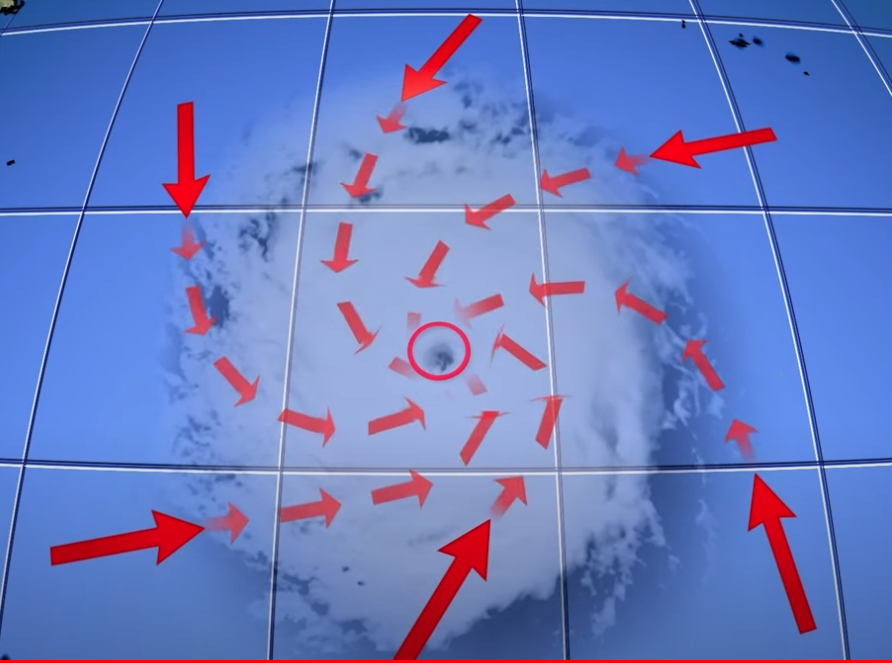Disclaimer:
▪︎This content is Not an official document and does not represent the views of Airbus or any other aviation authority.
▪︎The information provided may be incorrect or misinterpreted and should not be relied upon for decision-making.
▪︎Always refer to official documents and consult with a qualified aviation professional before making any decisions based on the information provided in this blog post.
▪︎The information provided in this blog post is based on personal study and review.
Wind direction Changes on Final
Have you closely observed changes in wind patterns during final approach on the navigation display?
I was reading the Flight Crew Training Manual (FCTM) and came across an interesting sentence:
"When the aircraft is close to the ground, the wind intensity tends to decrease and the wind direction tends to change (with direction in degrees decreasing in northern latitudes)." -> counterclockwise

The wind changes for various reasons, and while we may not identify them all, after reading this, I observed the navigation display closely. Indeed, I noticed that the wind was rotating counterclockwise in the northern hemisphere.
Of course, pilots encounter various instances where the wind seems to rotate, which might be attributed to terrain effects, among other factors. However, upon closer observation, I consistently noticed counterclockwise rotation in the northern hemisphere.
Corilois Effect
When you stand on the equator and throw a ball northward, it doesn't just move straight north because the Earth is rotating. Due to this rotation, the ball also gains some eastward velocity.
This causes the ball to curve slightly to the right (in the northern hemisphere)
or to the left (in the southern hemisphere).
This phenomenon, known as the Coriolis effect, affects the movement of air masses, ocean currents, and other objects on the Earth's surface. It causes them to be deflected to the right in the northern hemisphere and to the left in the southern hemisphere.

Understanding rotation of the Hurricane
As the aircraft descends on final approach, the wind direction typically changes due to the Coriolis effect, resulting in a counterclockwise rotation in the Northern Hemisphere and a clockwise rotation in the Southern Hemisphere.
To understand this, it is easy if we can comprehend why the air direction is counterclockwise and why hurricanes rotate counterclockwise in the northern hemisphere and clockwise in the southern hemisphere.
If we think instantly, with the air masses curving to the right in the northern hemisphere, one might assume the hurricane's rotation would be clockwise, as everything seems to shift to the right, implying a clockwise motion.


However, the air moves from high pressure to low pressure, as depicted in the picture below. It is sucked into the low pressure from the high pressure. As the air masses move to the right, they are continually drawn into the low pressure area again, ultimately resulting in a leftward turn, which is counterclockwise.


As the hurricane's air masses move from low pressure to high pressure, the wind follows the same pattern.
So the air keeps being sucked into low pressure while the direction tilts to the right, resulting in a counterclockwise pattern.
he Coriolis effect, combined with the pressure gradient force, influences the movement of air around low-pressure systems such as hurricanes.
As the air moves from areas of high pressure to low pressure, it is deflected to the right (in the Northern Hemisphere) by the Coriolis effect. This deflection, coupled with the pressure gradient force pulling the air towards the low-pressure center, results in a counterclockwise circulation pattern around the low-pressure system. So, the air keeps being drawn towards the low-pressure center while being deflected to the right, ultimately leading to the counterclockwise rotation of hurricanes in the Northern Hemisphere.
https://www.youtube.com/watch?v=okaxKzoyMK0
Pilots would not be able to consider all these kinds of effects while flying, and the Coriolis effect by itself would not be enough to explain all the wind changes when we are flying on final.
But it was interesting to note that during final approach, I found that most of the time, if the wind is rotating, the wind direction rotates counterclockwise in the Northern Hemisphere.
https://www.youtube.com/watch?v=mXaad0rsV38
'KNOWLEDGE' 카테고리의 다른 글
| Coffin Corner and Mach Number (2) | 2024.04.11 |
|---|---|
| The location of the Aiming point marker (3) | 2024.03.28 |
| Effect of V1 (Calculation of V1) (2) | 2024.03.03 |
| Runway Illusion (0) | 2024.03.03 |
| How to Identify the RNP routes in Jeppesen Manual (1) | 2024.01.21 |



